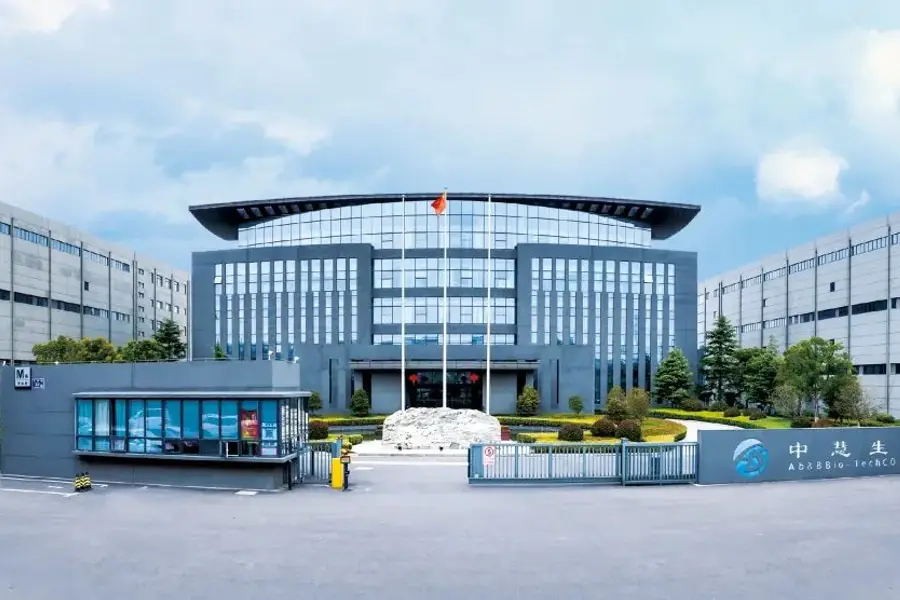Ab&B Seeks Hong Kong IPO, As China's Vaccine Market Shrinks, And Price Wars Escalate

With proceeds from a Hong Kong IPO, the loss-making biotech is bidding for a piece of China's fiercely competitive market for flu and human rabies vaccines
Key Takeaways:
- The company's quadrivalent flu vaccine is already on sale and its rabies shot is due to enter Phase Three trials later this year
- At the current spending rate its cash would cover about nine months of operations, extending to 22 months with the IPO money
By Molly Wen
In the post-COVID era, Chinese vaccine companies are grappling with price wars and a shrinking market. Even innovative vaccines against flu, rabies or sexually transmitted viruses have fallen out of favor.
Against this backdrop, vaccine developer Ab&B Bio-Tech Co. Ltd. (2627.HK) is looking to raise up to around HK$518 million ($66 million) in a Hong Kong IPO to bolster its finances for the commercial challenges ahead.
A prospectus issued on July 31 described plans to offer around 33.44 million shares at a price range of HK$12.9 to HK$15.5, with two cornerstone investors, Jiaxing Xinyang and Huatai Capital Investment, signing up for around 18% of the issuance.
The offer extends until August 6, with a minimum investment of 200 shares, and trading is expected to start on August 11, according to a revised issued by the company. CITIC Securities and CMB International are acting as the joint sponsors.
Established in 2015, the biotech has developed two main product lines, one of which – a flu vaccine – has already gone on sale. Its quadrivalent subunit vaccine based on purified elements of the flu virus was approved in May 2023. Meanwhile, the firm's human rabies vaccine is due to start Phase Three clinical trials in the third quarter of 2025. The company is working on another 11 pipelines, including a recombinant herpes zoster vaccine and a 23-valent pneumococcal polysaccharide vaccine against bacterial infections.
The firm's flu vaccine brought in revenues of 52.17 million yuan ($7.26 million) in 2023. Sales rocketed to 260 million yuan in 2024, the product's first full year on the market. However, it generated just 413,000 yuan in the first quarter of 2025, which the company put down to seasonal factors as flu shots are typically concentrated between July and September.
The uptake of flu vaccines is extremely low in China. The country's overall flu vaccination rate for the 2022-2023 season was only 3.8%, in stark contrast to nearly 50% in the United States over the same period, according to a report cited in the prospectus.
The report projected the Chinese market for influenza subunit vaccines would grow from 700 million yuan in 2024 to 2.9 billion yuan by 2033.
However, China's economic woes have weighed on consumers' willingness to pay for their vaccines, sparking intense price wars among producers.
For example, a Sinopharm vaccine against four flu strains is priced around 88 yuan per dose, while Ab&B's own quadrivalent vaccine commands a premium price of 319 yuan. The purified subunit vaccines can be more targeted and carry fewer side effects than Sinopharm's "split" variety, which is based on inactivated virus particles, but the substantially higher price has exerted downward pressure on Ab&B's sales.
This is reflected in the volume of unused vaccines returned to the company. Returns recorded last year for flu vaccines supplied in 2023 reached 21.3 million yuan, exceeding the company's 13.3 million yuan estimate and equivalent to around 40% of 2023 revenue.
With limited income from products and mounting R&D costs, the vaccine maker has been pumping out red ink. It posted a loss of 425 million yuan in 2023, followed by 259 million yuan last year. In the first quarter of this year the shortfall stood at 87.30 million yuan. Over the same period research costs came in at 283 million yuan, 205 million yuan and 46.51 million yuan.
Reserves running low
By the end of March Ab&B's cash reserves stood at only 115 million yuan, while net current liabilities totaled 470 million yuan and net asset value had dropped to 147 million yuan. The cash on hand would last for around nine months at the current spending rate. The prospectus states that the IPO, if priced at the lower end of the indicated range, could generate proceeds of 390 million yuan, extending the leeway to about 22 months.
The battle for the flu vaccine market is intense. The company acknowledges in its prospectus that it is up against 25 other approved flu vaccines in China, including 12 quadrivalent vaccines. Major players such as Zhifei Biological (300122.SZ) and Sinovac Biotech (SVA.US) are active players, benefiting from established production capacity and sales channels.
Ab&B has made another big bet on a human rabies vaccine produced in a freeze-drying process to facilitate storage and transport. Made using cells derived from human tissue, the vaccines can offer a superior safety profile and antibody response. However, competition for rabies vaccines has also heated up, with products from rivals Kanghua Biological and Minhai Biotechnology already on the market and six other companies developing their own versions.
Ab&B achieved a market value of 4.20 billion yuan after completing a Series B financing round of 690 million yuan in June 2021. At the upper end of the IPO price range, the vaccine developer's market capitalization would be in the region of HK$6.10 billion, offering Series B investors a potential premium of about 34%.
Under that scenario, Ab&B's price-to-sales (P/S) ratio would be as much as 21.5 times, far higher than for industry leaders. By comparison, China's largest flu vaccine producer, Hualan Bio (002007.SZ), trades at a price-to-sales (P/S) multiple of about seven.
At a time when most vaccine companies are underperforming, newcomer Ab&B could struggle to build market share, leaving its long-term prospects uncertain.
Benzinga Disclaimer: This article is from an unpaid external contributor. It does not represent Benzinga’s reporting and has not been edited for content or accuracy.
Posted-In: contributors Expert IdeasBiotech Equities IPOs Global Opinion



